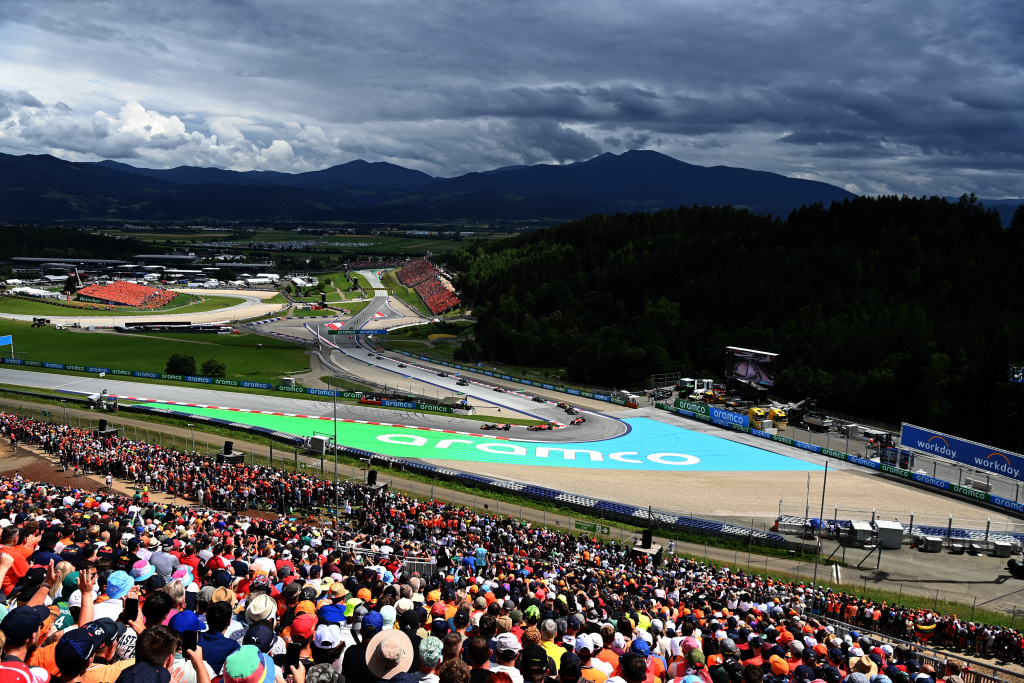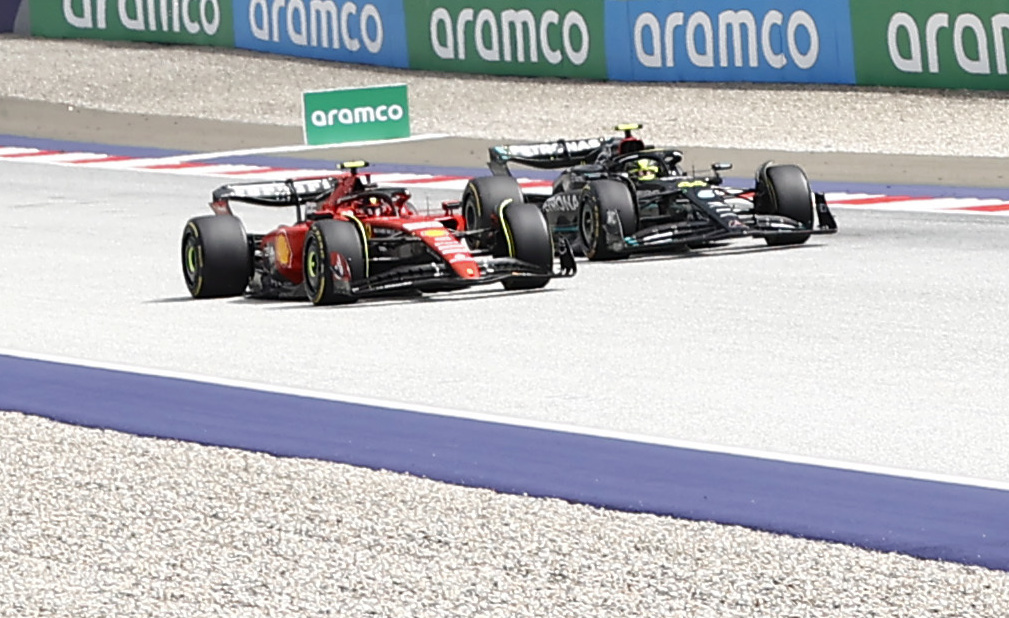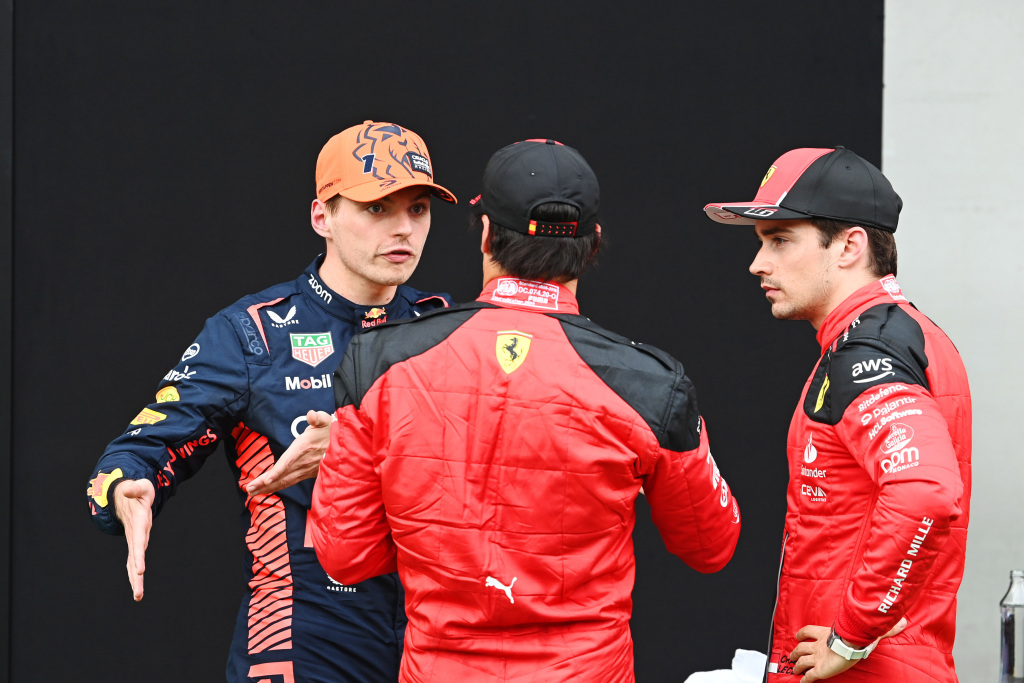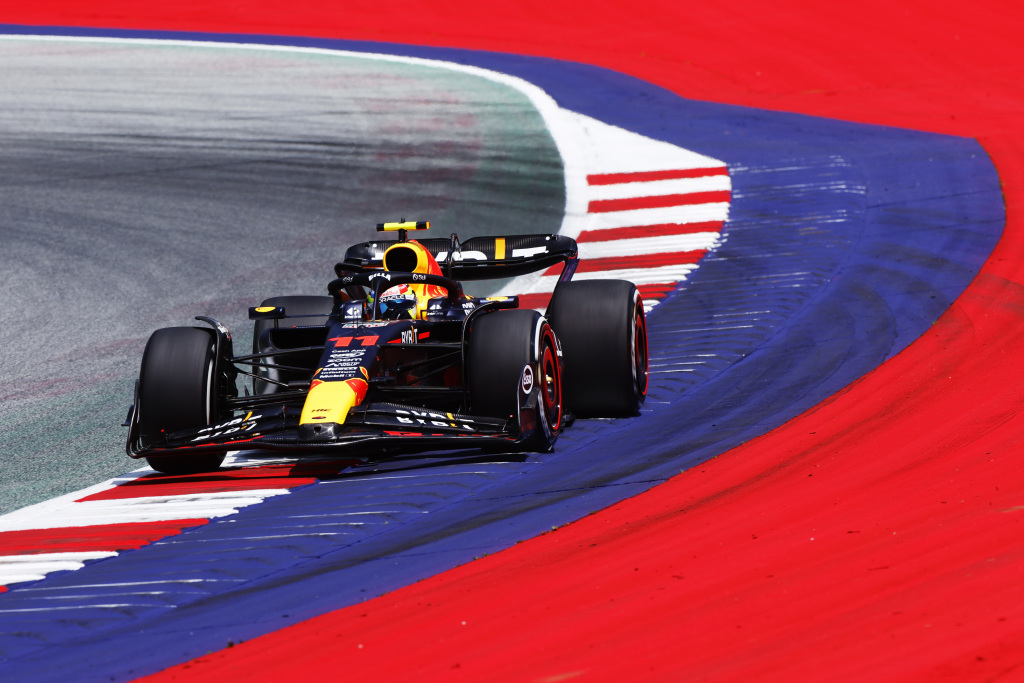I know it’s Wednesday, but there are still some people who will have turned off their televisions having watched the Austrian Grand Prix on Sunday and thought they knew the race result.
It was over 90 minutes later that Aston Martin’s protest dropped and was soon followed by an admission from the FIA that it was working through a number of incidents that ran into the thousands when it came to potential track limits infringements, and that some had been missed that would mean the race classification would need to be altered.
Over five hours after the checkered flag, we finally had an official result. For some that will have been so long after they disconnected from the race that they’re probably still not aware it changed. And yet I don’t blame the FIA.
The governing body had previously made it clear to the race organizers that it felt gravel traps were needed on the exits of Turn 9 and Turn 10 to avoid track limits issues. But those requests went unfulfilled and the end result was a race such as Sunday’s.

You may well have read many of the arguments against making such a change before. The main one is due to the fact that MotoGP also races on the Red Bull Ring, and doesn’t want gravel traps in those areas. Often the topic of track days comes into it too, with circuits needing to recoup revenue from such events and everyday drivers not wanting to have to pay to drag their potentially-damaged car out of a gravel trap for what could have been a small error.
Asphalt run-offs are far more forgiving and less penalizing. Great for you and I if we run out of talent in our road car, not so great for the series that claims to be the pinnacle of motorsport.
Quite clearly, it’s not a situation that can be repeated. The Red Bull Ring is a great track but that is its one major flaw that led to 83 deleted lap times on Sunday and the resulting penalties, with drivers reporting each other throughout the race.
“I think they probably need to find a new solution for this track,” Lewis Hamilton said on the topic. “I mean, years ago when we didn’t have the track limit thing the track was much more enjoyable to drive, but it’s strange to be driving and almost have to comment on the car ahead as that’s what the team ask you to do. I think I did it in Austin a few years ago, and that’s not racing, right? That’s not motorsport and not racing.”
I very much subscribed to the approach of “just go slower” through a corner if you really can’t afford another track limits violation, but as many drivers pointed out in a race situation there are so many laps that a badly timed gust of wind on aging tires when fighting another car can be all that is required to trigger a penalty, and it would be so much better if that penalty was a clear and instantaneous one such as gravel.
And where my (very F1-focused, I admit) head is now going, is towards a more hard-line approach from the sport and the FIA.
There is far more to racing than F1, but there is far more to golf than the Masters and nobody is making Augusta more playable to beginners in order to try and make money out of them, or adding foot golf holes at Amen Corner.
Surely the time has come for racing circuits that are used for Formula 1 to have to adhere to certain standards and demands regardless of the other categories they want to run. At some point, there has to be a hierarchy because one-size-fits-all rarely works, and you end up with everyone having to compromise to the detriment of each series.
We shouldn’t be having a discussion where an F1 race is negatively impacted by the desire to keep a different racing category happy, even one as incredible and as high-level as MotoGP. It just isn’t feasible for such a massive international sporting championship to be limited by such factors anymore.
So it should be written into contracts that F1 host circuits will make required changes when it is formally requested of them by the FIA. Of course there can be caveats — I’m not here to put any venue in financial difficulty — and the details of the process would be far more complex than that top line, but I’d argue we have now got to be at the point where existing racetracks have to be responsive to the demands of F1 first and foremost, given the size of the audience and fanbase.
Those latter aspects certainly mean the money’s there, even if it means F1 has to adjust its fee demands for the period when circuits are making changes at its request.
I can already hear the opposition from fans of other types of racing, but my point is the line has to be drawn somewhere. Given the hosting fees and lucrative nature of holding a grand prix, it’s hard to argue against F1 being the series that circuits have to work to primarily accommodate, in the case that a solution that benefits everyone can’t be found. In reality, it’s going to be rare that other car racing categories will be negatively impacted by that benchmark.
At present, there’s not a solution that benefits everyone in Austria but changes that would work for F1 haven’t been made in order to not make life more difficult for the circuit’s other revenue streams. Sunday feels like it could be the catalyst for the FIA to demand they are, and F1 itself should be giving the governing body greater power based on the terms it puts into its race hosting contracts.
If a circuit can’t make it work for both bikes and cars, then pick one to focus on. Whether you deem MotoGP or World Superbikes as the top level of motorcycle racing, they should also want circuits perfectly tailored to what they need. At many tracks it is possible to accommodate both properly, but in some cases that might mean separate venues.
We’re talking about the highest levels of racing. They need the highest levels of commitment from the tracks too.




